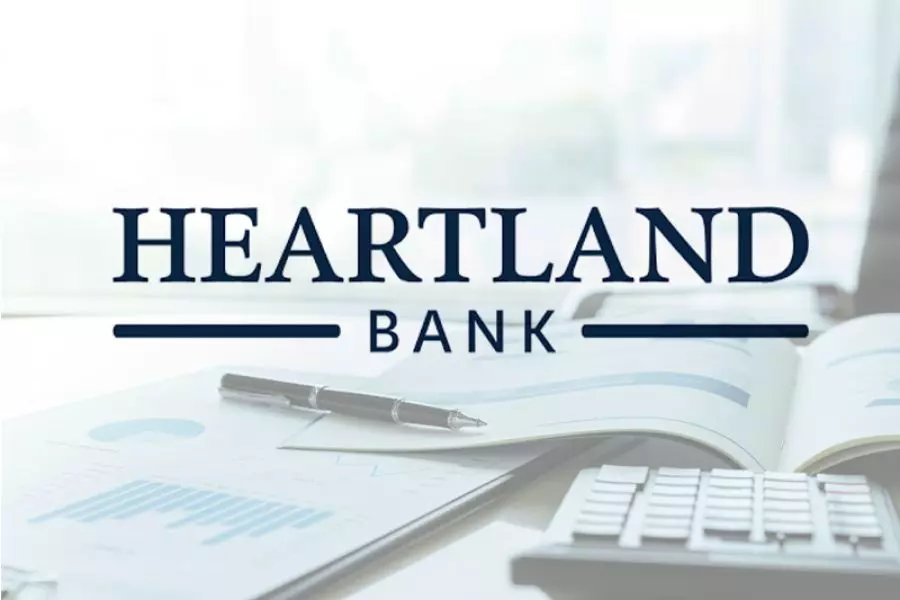News
Housing affordability plan misses hidden costs

Tuesday 6th of November 2012
The Government announced last week that it would be looking at measures such as increasing land supply for new housing, introducing a six-month time limit on councils processing medium-sized consents, and measures to reduce delays and the costs of Resource Management Act processes.
All in the hopes of making housing more affordable, particularly in Auckland.
But these...
Want to read the full article?
Click the button below to subscribe and will have unlimited access to full article and all other articles on the site.
5 min read




![[OPINION] Recessionary times](https://goodreturns.publit.io/file/c_fill,w_900,h_600/87ae0bf5-bdab-4cc2-bb45-9524f4030652.webp)
![[OPINION] How to make 20% from commercial property](https://goodreturns.publit.io/file/c_fill,w_900,h_600/7ac659fb-b908-4521-bcfa-1068d359b61e.webp)



![[The Wrap] Bye Bye Bayly](https://goodreturns.publit.io/file/c_fill,w_900,h_600/39f23ac1-f7c7-4854-b700-a150004ebbac.webp)